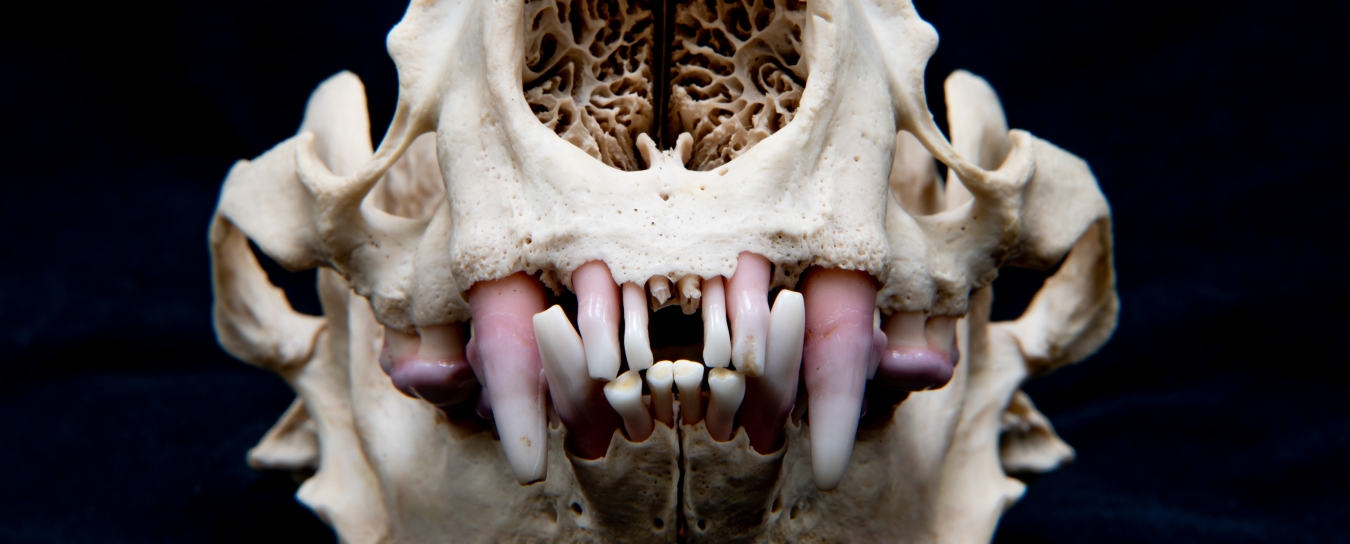
Vertebrates
Browse our Q&A about birds, eggs, nests, amphibians, reptiles, and mammals of the Central Coast and Channel Islands.
- Anthropology
- Rocks & Fossils
- Invertebrates
- Vertebrates
- Botany
- Astronomy
- Fungi
- General
- Recently Asked
Bats in the house
We have had a bat visiting from time to time over the last month in a small space in our ceiling. I've found the opening in the wall through which it is making its way into the house and would like to seal the hole. I'm worried that there might be baby bats in the ceiling and I don't want to trap them in the house by sealing the hole. There is no easy way to inspect the space where the bat hangs out, so I wondered when the pups of local bats mature.
Curator Response
Hi David,
I’m assuming that you found the hole that the bat was using to access your ceiling on the outside of the house. If the hole was on the inside of the house, then you should fill the hole during the day to keep the bat from getting into the inside of the house in the human living spaces.
However, it the bat was seen entering a hole on the outside of the house to access the interior spaces of the walls, ceiling or attic, then closing up this hole at the wrong time or in the wrong way could trap bats and/or their young in the interior spaces that they are using in the walls, ceiling, or attic.
From your description of the bat being a “small bat,” I would assume that it is probably a California Myotis. This is a species that occurs year-round in our region and is generally active from late March/April into the late fall. During the winter, they may hibernate.
If the bats that are using this house for roosting do not end up hibernating in the interior areas of the house, then one could close the exterior access into the house in late fall or winter. However, if bats are hibernating, then any bats inside the house would be trapped and would die when they attempted to emerge in the spring. So the bottom line is that it’s not an easy matter to close a bat’s access to the spaces it’s accessing for day roosting and avoid trapping it in the spaces of the house.
But don’t despair. Check out this site by Bat Conservation International with some useful advice for creating special tubes that allow bats to leave a roost but not to get back into the roost. The exclusion should take place in the fall, before the bats go into hibernation, to ensure that they don’t attempt to overwinter in your house.
I hope this helps,
Curator Emeritus of Vertebrate Zoology Paul Collins, M.A.


